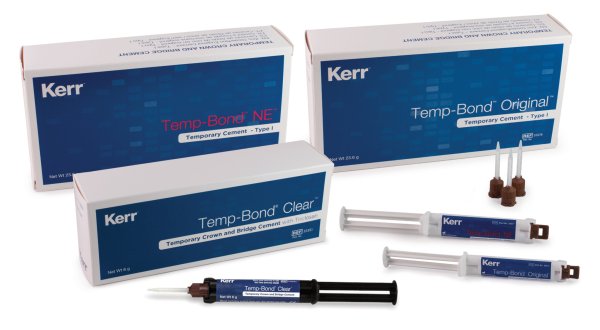00370Temp-Bond TubesContains: 1 Tube Base (50 g), 1 Tube Accelerator (15 g), 1 Mixing Pad
31377Temp-Bond UnidoseContains: 50 Unidose Packets (2.4 g each Packet - 120 g total), 1 Mixing Pad
33215Temp-Bond Automix Syringe Contains: 2 syringes (11.8 g each), 20 Mixing Tips
21370Temp-Bond NE TubesContains: 1 Tube Base (50 g), 1 Tube Accelerator (15 g), 1 Mixing Pad
31973Temp-Bond NE UnidoseContains: 50 Unidose Packets (2.4 g each Packet - 120 g total), 1 Mixing Pad
33217Temp-Bond NE Automix SyringeContains: 2 syringes (11.8 g each), 20 Mixing Tips
33351Temp-Bond Clear with Triclosan, Automix SyringeContains: 1 syringe (6 g each) 10 Mixing Tips
333611:1 Automix Regular Tips pkg of 50
*During the checkout process you will have the opportunity to select your preferred dealer. Once you submit your order, it will be sent directly to your preferred dealer and will be subject to their pricing. Thank you.




